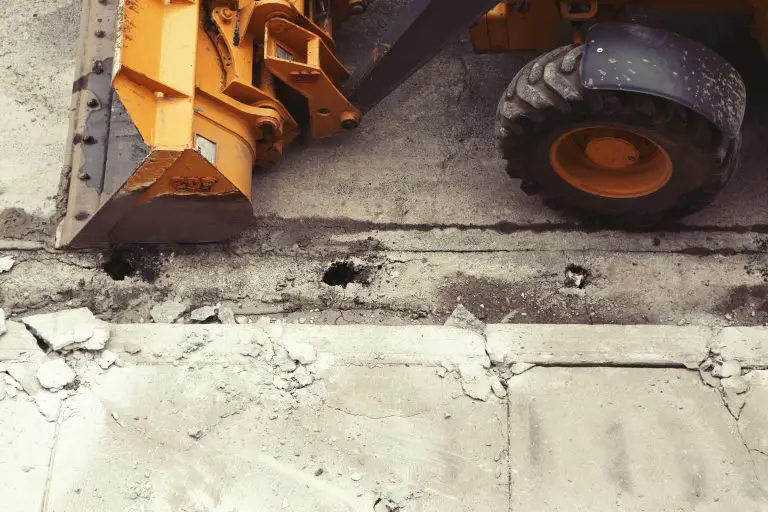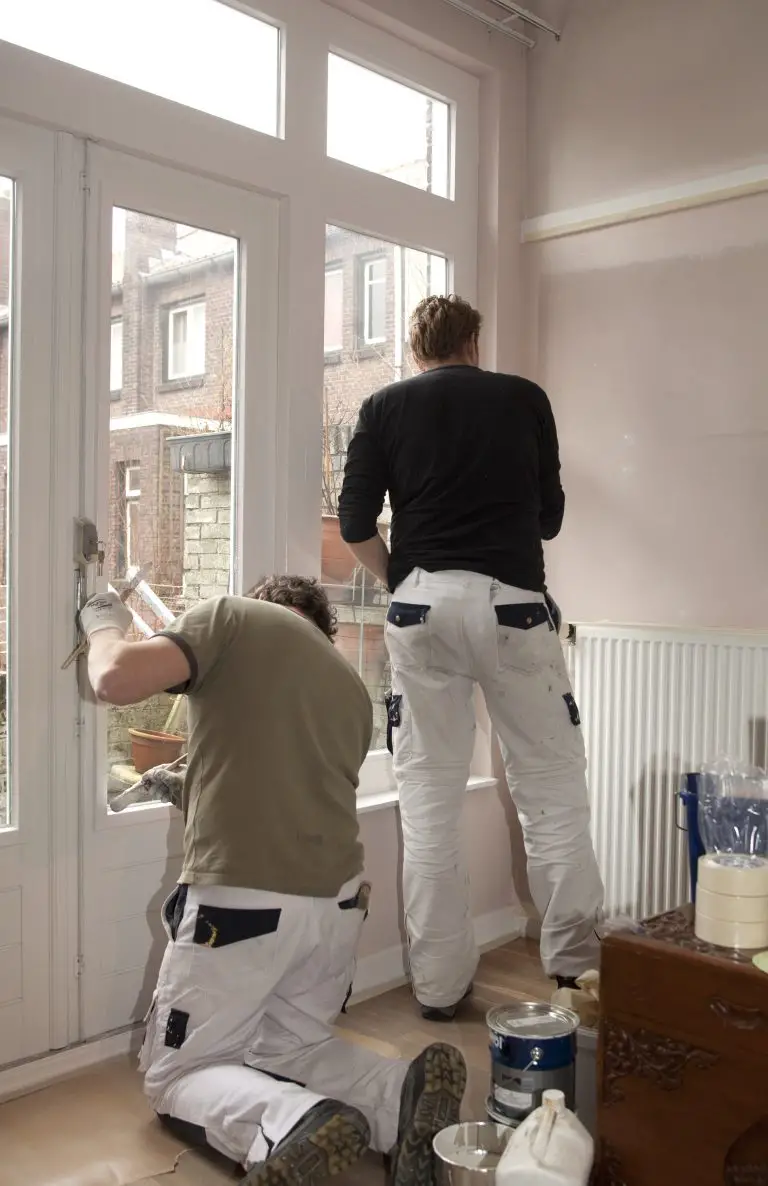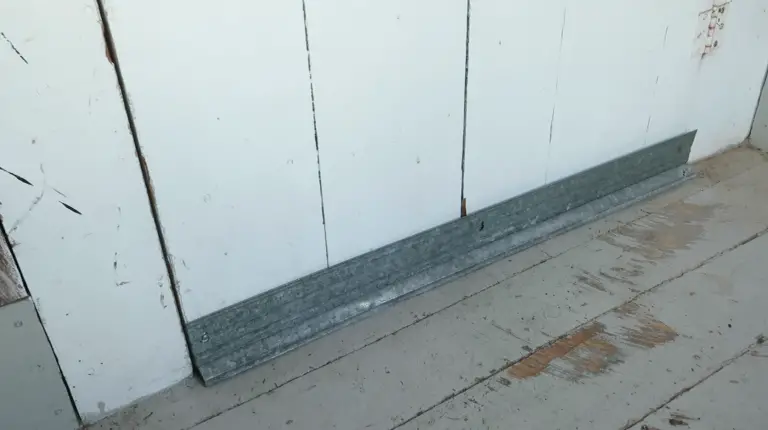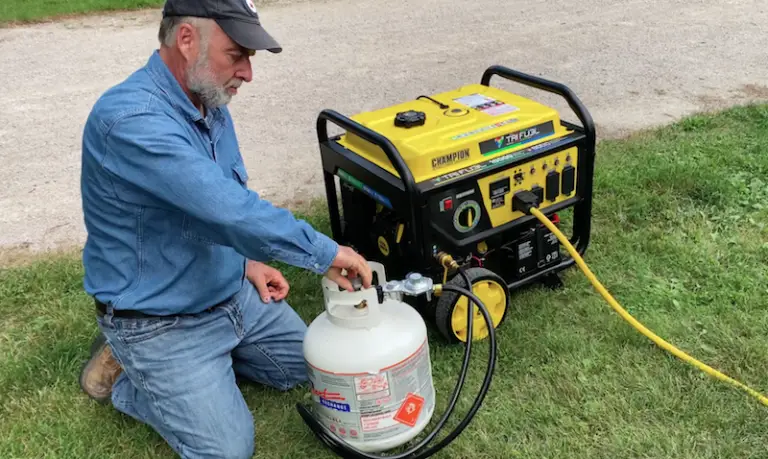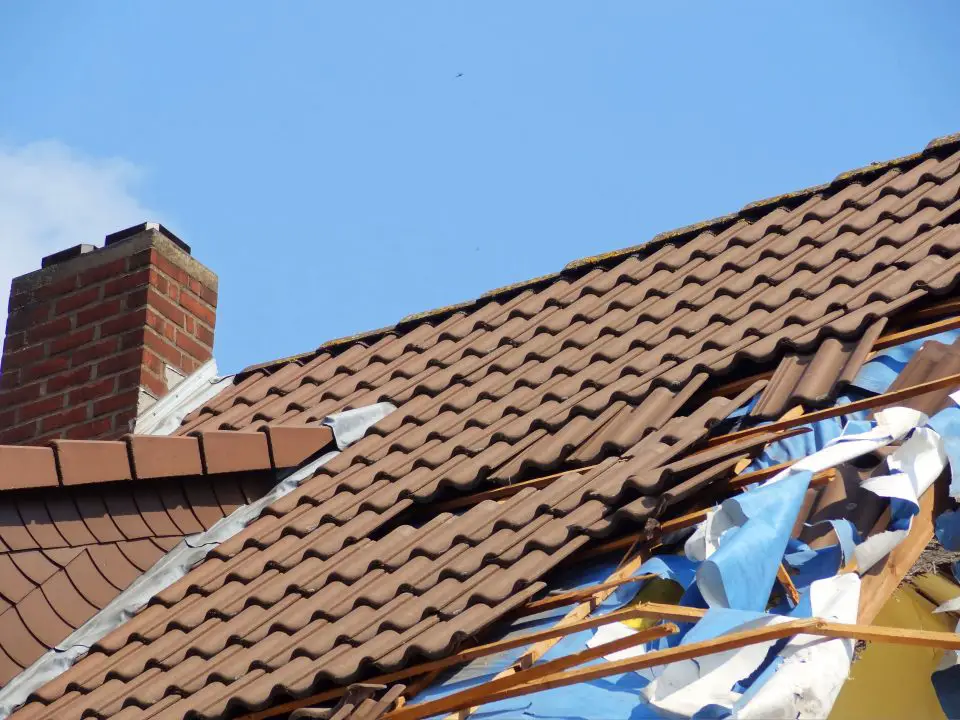
Severe weather events, such as hurricanes, tornadoes, hailstorms, and even heavy rainstorms, can wreak havoc on your home, and your roof is often the most vulnerable part. The aftermath of a storm can be chaotic and stressful, but taking the right steps to assess and address roof damage is crucial for protecting your home and ensuring the safety of your family. This comprehensive guide will walk you through the essential actions to take after a severe weather event, providing you with a clear plan to navigate the challenges of storm damage and roof repair. From initial safety assessments to working with insurance companies and choosing a reputable Arlington roofing service, we’ll cover everything you need to know to restore your roof and your peace of mind.
Ensuring Safety First: Assessing the Situation
Before you even think about inspecting your roof, it’s paramount to ensure your safety and the safety of your family. Storms can create hazardous conditions, including downed power lines, fallen trees, and structural damage to your home.
Stay Informed: Monitoring Weather Updates and Alerts
During and after a storm, stay informed about weather updates and any safety alerts issued by local authorities. This will help you make informed decisions about when it’s safe to venture outside and assess the damage to your property.
Inspecting for Hazards: Identifying Potential Dangers
Once it’s safe to do so, carefully inspect your property for any potential hazards, such as downed power lines, gas leaks, or structural damage. If you suspect any of these hazards, contact the appropriate authorities immediately and do not attempt to address them yourself.
Documenting Damage: Gathering Evidence for Insurance Claims
If you have a camera or smartphone, document any visible damage to your property, including your roof. Take photos and videos from various angles, capturing the extent of the damage. This documentation will be valuable when filing insurance claims.
Assessing Roof Damage: Identifying the Signs
Once you’ve ensured your safety, it’s time to assess the damage to your roof. While it’s best to leave a thorough inspection to a professional roofing contractor, there are several signs you can look for yourself.
Visible Damage: Missing Shingles, Holes, and Debris
Obvious signs of roof damage include missing or damaged shingles, holes in the roof, and debris such as tree branches or other objects embedded in the roofing material. These are clear indicators that your roof needs professional attention.
Water Damage: Leaks, Stains, and Moisture
Check your ceilings and walls for any signs of water damage, such as leaks, stains, or discoloration. Also, inspect your attic for signs of moisture, such as damp insulation or water stains on the roof sheathing. These are indications that your roof is no longer effectively protecting your home from the elements.
Structural Damage: Sagging Roof Lines and Cracks
More serious damage may include sagging roof lines, cracks in the walls or ceilings, or even structural damage to the building itself. If you notice any of these signs, it’s crucial to contact a structural engineer to assess the safety of your home before proceeding with any repairs.
Contacting Your Insurance Company: Filing a Claim
If you have homeowner’s insurance, contact your insurance company as soon as possible to report the damage and initiate the claims process. They will typically send an adjuster to assess the damage and determine the extent of your coverage.
Understanding Your Policy: Coverage and Deductibles
Review your insurance policy carefully to understand your coverage for storm damage and any applicable deductibles. This will help you prepare for the claims process and ensure you receive the appropriate compensation for your repairs.
Working with the Adjuster: Providing Documentation and Information
The insurance adjuster will inspect your property and assess the damage. Provide them with any documentation you have, such as photos and videos, and answer their questions honestly and thoroughly. It’s essential to cooperate with the adjuster to ensure a smooth claims process.
Finding a Reputable Roofing Contractor: Choosing the Right Professional
Once you have a clear understanding of the damage and your insurance coverage, it’s time to find a reputable roofing contractor to handle the repairs. Choosing the right contractor is crucial for ensuring quality workmanship and a successful outcome for your project.
Researching and Vetting Contractors: Checking Credentials and Reviews
Take the time to research and vet potential roofing contractors. Check their licenses, insurance, and online reviews. Ask for references and contact them to inquire about their experience with the contractor. A reputable roofing service will be transparent about their qualifications and happy to provide references.
Getting Multiple Quotes: Comparing Pricing and Services
Obtain quotes from several different roofing contractors. Compare not only the pricing but also the services included, the materials they use, and their warranties. Don’t automatically choose the lowest bid; consider the overall value and reputation of the contractor.
Communication and Transparency: Asking the Right Questions
Communicate clearly with your chosen contractor about your expectations, the scope of work, and the timeline for the project. Ask questions about their experience with storm damage repairs, their approach to ensuring quality workmanship, and their warranty policies.
The Repair Process: What to Expect
Once you’ve chosen a roofing contractor, they will typically begin the repair process by assessing the damage in detail and developing a repair plan. They will then obtain any necessary permits and order the required materials.
Protecting Your Home: Temporary Repairs and Mitigation
If your roof has sustained significant damage, the contractor may need to make temporary repairs to prevent further damage while waiting for materials or permits. This could involve tarping the roof or boarding up broken windows.
The Roofing Process: Installation and Cleanup
The actual roofing process will involve removing damaged materials, repairing or replacing any structural components, and installing new roofing materials. A reputable contractor will ensure proper installation, adherence to building codes, and thorough cleanup after the project is complete.
Preventing Future Damage: Proactive Measures
After your roof has been repaired, there are several steps you can take to prevent future damage and protect your investment.
Regular Inspections: Identifying Potential Problems Early
Schedule regular roof inspections, at least once a year, to identify any potential problems early and address them before they escalate. This can help prevent costly repairs and extend the lifespan of your roof.
Maintenance and Repairs: Addressing Minor Issues Promptly
Address any minor roof repairs promptly to prevent them from becoming major problems. This could include replacing missing shingles, sealing leaks, or cleaning gutters.
Storm Preparation: Securing Your Home Before a Weather Event
Before a storm hits, take steps to secure your home and minimize potential damage. This could include trimming trees near your house, securing loose objects, and ensuring your gutters are clear.
Conclusion
Storm damage to your roof can be a stressful experience, but with the right knowledge and proactive steps, you can navigate the challenges and restore your home to its former glory. By prioritizing safety, assessing the damage thoroughly, working effectively with your insurance company, and choosing a reputable roofing contractor, you can ensure a successful repair process and protect your investment for years to come. Remember, a well-maintained roof is your home’s first line of defense against the elements, so don’t hesitate to seek professional help when needed. Whether you need a simple repair or a complete roof replacement, a qualified Kyle roofing service can provide the expertise and support you need to weather any storm.







